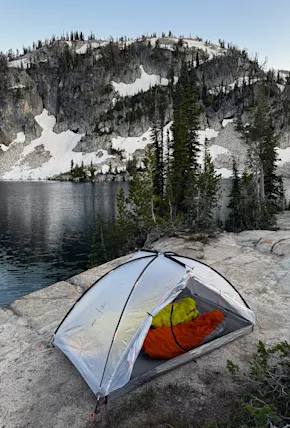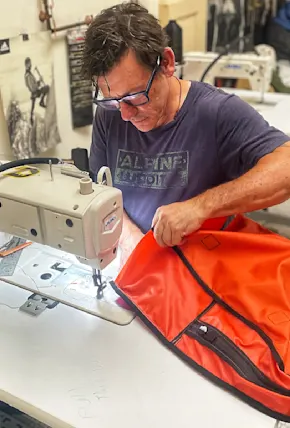Photography by Portland, Oregon-based Bailey Diemer and Nash Rood of Davis, California. Words by Bailey, Nash, and Field Mag Editors.
The Lost Coast Trail should be on any hiker's bucket list.
Depopulation in the 1930s combined with rare geographic fortitude deterred construction of any major highways and left a strip of Northern California coastline at the southernmost edge of Humboldt County the most undeveloped and remote portion of the coast, earning it the name "The Lost Coast."
The picturesque strip of wilderness sits snuggly along the Pacific ocean, far to the west off the 101, taking hikers along several beaches and through some genuinely epic campsites. The hikeable stretch of coast is technically two sections and approximately 52 miles. However, the northernmost 25 miles is what’s most commonly understood as the Lost Coast Trail. The trail runs north-south, from Mattole Beach to Black Sands Beach near Shelter Cove, though in the below trip report you'll see we did a modified version to cover more ground.
While traveling along the Lost Coast, you'll find yourself several hours from the rest of civilization—the seclusion is certainly a key draw. It's not a particularly tough trail, but given the seclusion mixed with additional variables like stretches of walking on sand, rocky beaches, and timing sections with tides can make it a little spicy. To help you prepare for a hike on the Lost Coast Trail, we've put together the following sections covering everything from permitting and what to pack to when you should visit and other general Do's & Don'ts for first time Lost Coast Trail hikers.

















